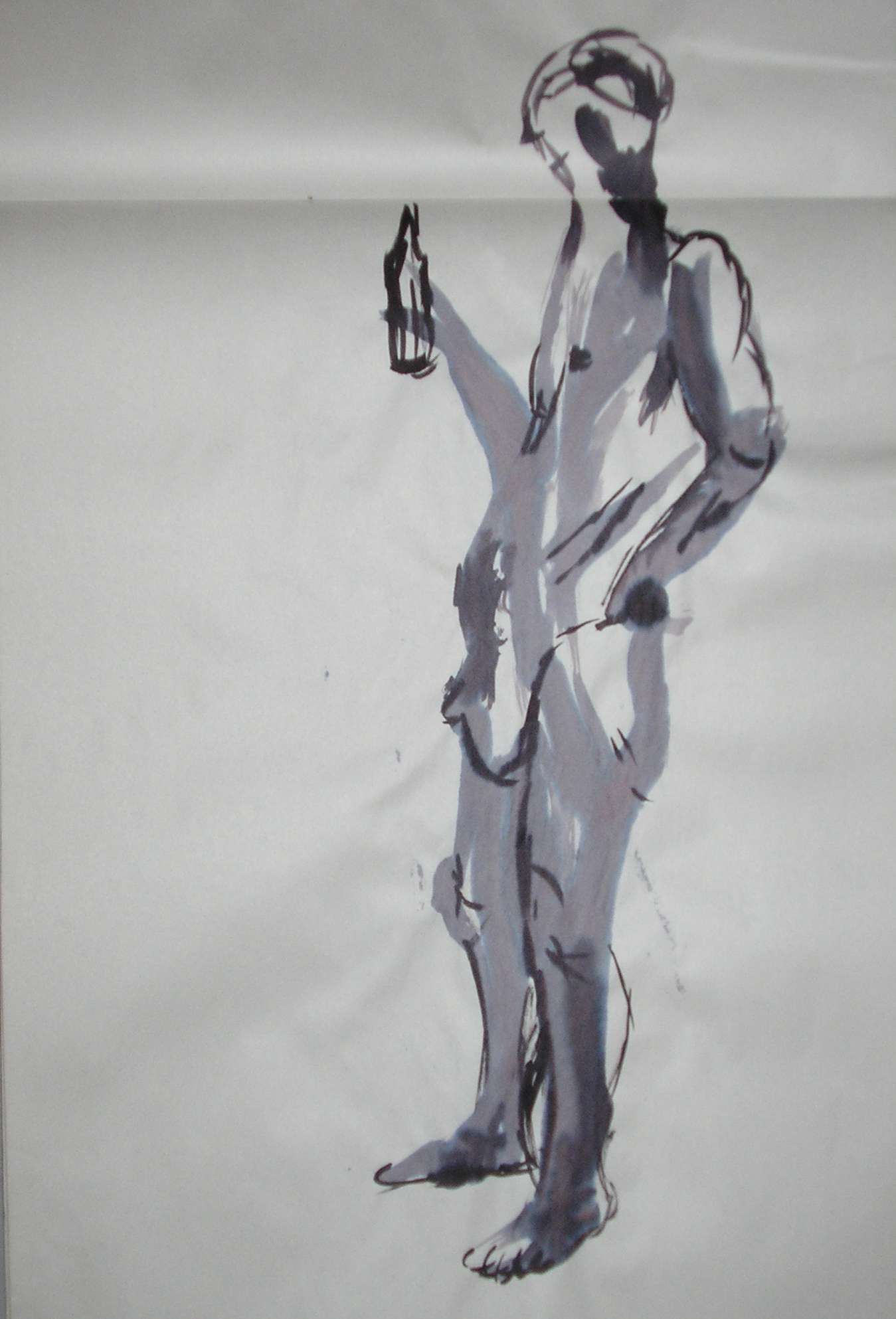

A skillful artisan could tend to 200 lamps at once. The lampwick used in the making of lampblack was first soaked in the juice of Lithospermum officinale before burning. 30 grams) lampblack of fine quality could be produced from a catty (approx. For the first process, more than one ounce (approx. In the Chinese record Tiangong Kaiwu, ink of the period was said to be made from lampblack of which a tenth was made from burning tung oil, vegetable oils, or lard, and nine-tenths was made from burning pine wood. Inkmaking from pine wood, as depicted in the Tiangong Kaiwu (1637) It was made by combustion in lamps with wicks, using animal, vegetable, and mineral oils. From the Song dynasty onwards, lampblack also became a favored pigment for the manufacturing of black inks. 1600–1660) of the Ming dynasty has described the inkmaking process from pine soot in his work Tiangong Kaiwu.

Several studies observed that 14th-century Chinese inks are made from very small and uniform pine soot in fact the inks are even superior in these aspects to modern soot inks. Pine soot was traditionally favored in Chinese inkmaking. In contrast to Chinese inks that were permanent, these inks could be washed away with water. Like Chinese black inks, the black inks of the Greeks and Romans were also stored in solid form before being ground and mixed with water for usage. To use the dry mixture, a wet brush would be applied until it rehydrated, or more commonly in East Asian calligraphy, a dry solid ink stick was rubbed against an inkstone with water. The traditional Chinese method of making ink was to grind a mixture of hide glue, carbon black, lampblack, and bone black pigment with a mortar and pestle, then pour it into a ceramic dish where it could dry. In India, the carbon black from which India ink is formulated was obtained indigenously by burning bones, tar, pitch, and other substances. The practice of writing with ink and a sharp-pointed needle in Tamil and other Dravidian languages was common practice from antiquity in South India, and so several ancient Buddhist and Jain scripts in India were compiled in ink. Indian documents written in Kharosthi with this ink have been unearthed in as far as Xinjiang, China. India ink has been in use in India since at least the 4th century BC, where it was called masi, an admixture of several substances.

A cylindrical artifact made from black ink has been found in Qin tombs, dating back to the 3rd century BC during the Warring States or dynastic period, from Yunmeng, Hubei. Numerous documents written in ink on precious stones as well as bamboo or wooden tablets dating to the Spring and Autumn, Warring States, and Qin period have been uncovered. A considerable number of oracle bones of the late Shang dynasty contain incised characters with black pigment from a carbonaceous material identified as ink. India ink was first invented in China, but the English term India(n) ink was coined due to their later trade with India.

Woods and Woods (2000) state that the process of making India ink was known in China as early as the middle of the 3rd millennium BC, in Neolithic China, whereas Needham (1985) states that inkmaking commenced perhaps as early as 3 millennia ago in China. If a binder is used, India ink may be waterproof or non-waterproof.Ī solid ink stick used for the preparation of ink India ink is commonly sold in bottled form, as well as a solid form as an inkstick (most commonly, a stick), which must be ground and mixed with water before use. A binding agent such as gelatin or, more commonly, shellac may be added to make the ink more durable once dried. No binder material is necessary: the carbon molecules are in colloidal suspension and form a waterproof layer after drying. In East Asian traditions such as ink wash painting and Chinese calligraphy, India ink is commonly used in a solid form called an inkstick.īasic India ink is composed of a variety of fine soot, known as lampblack, combined with water to form a liquid. It is commonly applied with a brush (such as an ink brush) or dip pen. India ink is also used in medical applications.Ĭompared to other inks, such as the iron gall ink previously common in Europe, India ink is noted for its deep, rich black. India ink ( British English: Indian ink also Chinese ink) is a simple black or coloured ink once widely used for writing and printing and now more commonly used for drawing and outlining, especially when inking comic books and comic strips. Example of India ink on paper, Zeedijk by Gustaaf Sorel, (1939)


 0 kommentar(er)
0 kommentar(er)
